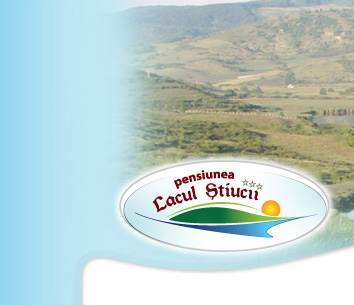The Commune of Sic
It lies on 56.4 square km surface and only comprises the village of Sic which first was attested in documents in the year of 1291 and was considered a free royal city.
The more striking development of the city took place between the XIV - XVI centuries being favored by natural conditions, the presence of salt which was long and intensely exploited.
Salt was extracted from 3 mines and transported by carriages to Dej where it was embarked on rafts on the Somes River and taken to Satu Mare and to Hungary.
From 1438 and up to the present the settlement is divided into three areas: Felszeg (Uptown), Forroszeg (Hot town) and Csipkeszeg (Lace town), respectively street number I., II., III., each of these featuring its specifics as if they were separate settlements.
Din 1438 si pana azi localitatea este impartita in trei parti: Felszeg, Forroszeg si Csipkeszeg, respectiv str. I, a-II-a, a-III-a, fiecare dintre acestea cu specificul ei, ca si cum ar fi localitati separate.
The three collaborated only in special cases. Even marriages were forbidden between youngsters who lived in different streets. A lot of the customs have lived up to our days.

The village preserved its traditions celebrating The Days of Sic every August between the 17th and the 24th. The Sic dance festivals, folk music, the exhibition of popular costumes, the traditional food attract numerous tourists from our country and from abroad.
It is a natural lake of fresh and clear water, supplied by some streams and numerous springs which guarantee its relatively constant volume.
Nicula AbbeyNicula, an Orthodox monks' abbey is an important center for pilgrimage in Northern Transylvania.
The Commune of Sic
It lies on 56.4 square km surface and only comprises the village of Sic...
Churches of SicThe churches of Sic are pronounced historic and architectural monuments due to their age,...
Churches of GherlaOut of the nine Armenian churches that once stood in Gherla today there are left only two...
